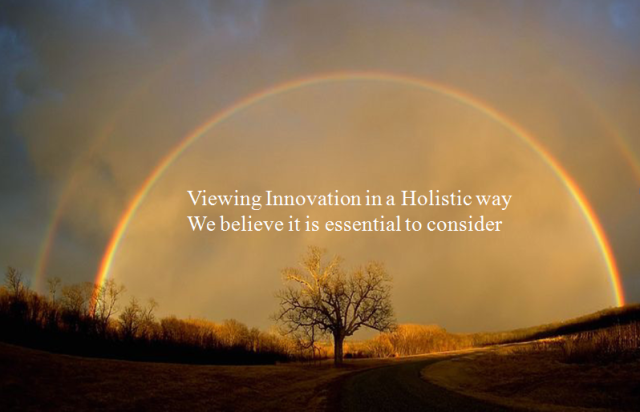Often we forget to look back as we constantly get into that habit of always wanting to simply keep moving forward in our innovation activity. So, sometimes I would recommend we stop and reflect. I, for myself, keep returning to great thinkers in innovation to remind me and these can often bring me back on track in avoiding certain traps.
Part Three of the Cognitive Traps we find ourselves in. Go here for Part One and Part Two
 I’ve always valued one terrific observation of Professor Clayton Christensen (of many thoughts) where he talks of the core theories of innovation. One small part:
I’ve always valued one terrific observation of Professor Clayton Christensen (of many thoughts) where he talks of the core theories of innovation. One small part:
He states “theory helps to block out the noise and to amplify the signal”
So I looked back at a theory to go forward to reduce our cognitive traps
If we link back into Everett Rogers Diffusion of Innovation for much, it is not a bad place to go. He firstly offers us his five stages of adoption or the decision stages of the innovation-process of Knowledge, Persuasion, Decision, Implementation and Confirmation. Continue reading “The Innovation Bunker – Avoiding Cognitive Traps Part Three”



